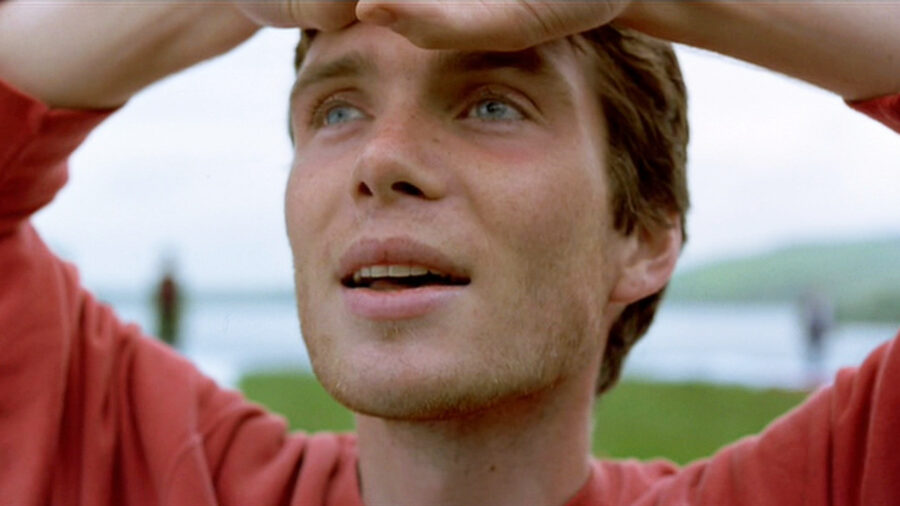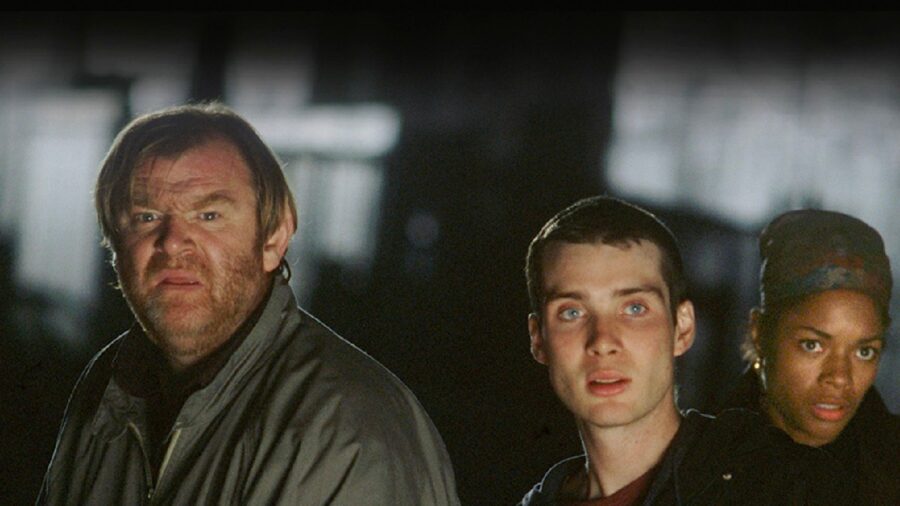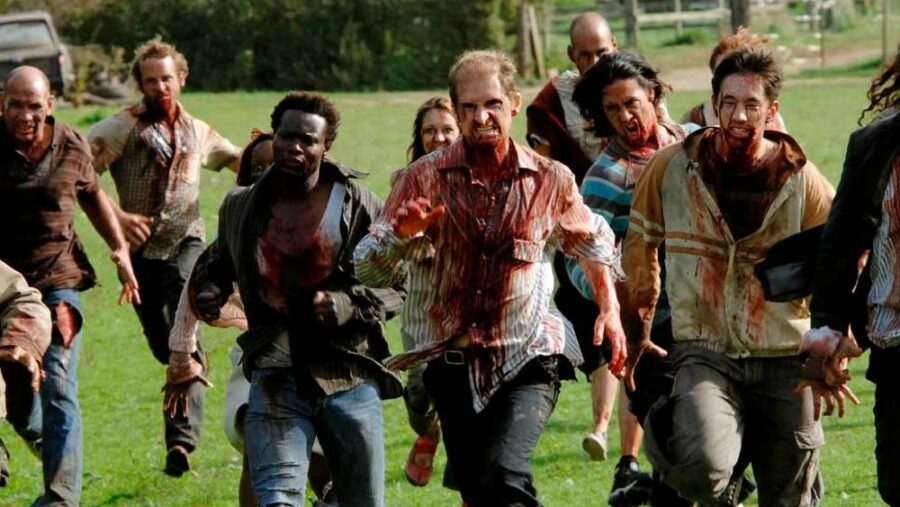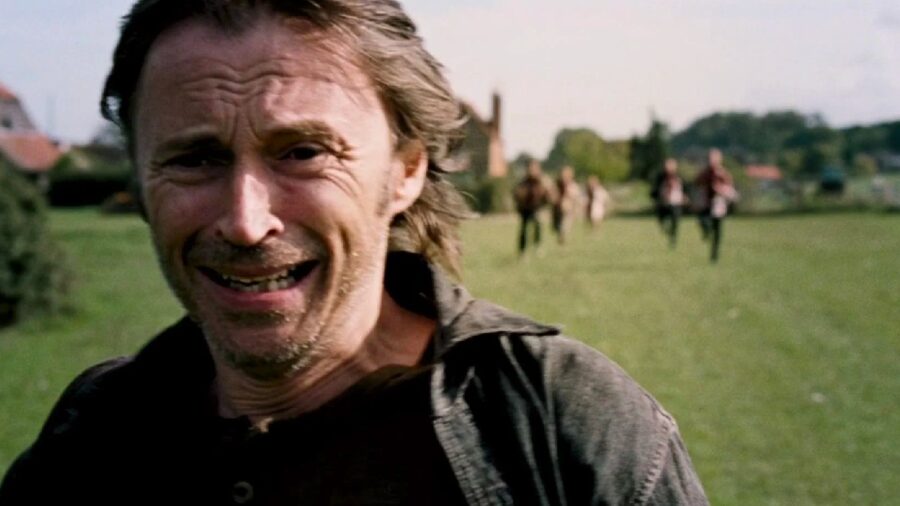28 Days Later Is Weirdly Hard To Find, Here’s Why

The 2002 post-apocalyptic horror film 28 Days Later has disappeared from its previous streaming home on Hulu (or Disney+, depending on location). Its removal, as explained by Chris Bumbray with JoBlo, is due to the ownership rights being passed from Disney to Sony, which acquired the property as part of a package deal for financing the upcoming sequel 28 Years Later.
Why 28 Days Later Hasn’t Received An Update

Disney’s ownership rights only include the Searchlight-financed 2007 sequel 28 Weeks Later. However, even the Blu-ray version of 28 Days Later has become a rarity due to its early adoption of digital technology. Shot with the Cannon XL-1, one of the first digital cameras used in filmmaking, the movie boasts a standard definition resolution of 720×576.
That means 28 Days Later looks nearly identical on DVD and Blu-ray, with the latter essentially serving as an upconverted version. For those hoping for a 4K release, the outlook might not be as promising as expected. The film was intentionally shot to achieve a specific aesthetic, and the limitations of early digital technology may hinder it from meeting modern visual standards.
Why A 4K Upgrade Might Not Be A Good Thing

However, with Sony now at the helm along with 28 Days Later director Danny Boyle, screenwriter Alex Garland, and cinematographer Anthony Dod Mantle, JoBlo points out that a potential restoration is possible. Some may question whether the film should get a visual upgrade, as its distinctive look has long been intertwined with its ominous tone. So, making too many alterations could be a double-edged sword.
28 Days Later Was A Breath Of Fresh Air For Zombie Films

Directed by Danny Boyle, 28 Days Later is known for revitalizing the zombie genre with its unique take on the concept. The story follows Jim (Cillian Murphy), a bicycle courier who wakes up from a coma 28 days after a highly contagious and rage-inducing virus has swept across the United Kingdom. He discovers the entire country is seemingly deserted, with signs of chaos and destruction everywhere.
The Zombies Were Terrifying

As Jim explores the empty streets of London, he realizes that the virus has turned most of the population into aggressive, bloodthirsty zombies. Jim eventually meets other survivors, including Selena (Naomie Harris), Frank (Brendan Gleeson), and Hannah (Megan Burns). Together, they try to navigate the desolate landscape, seeking refuge and safety.
The survivors face not only the threat of the infected but also the dangers posed by other uninfected humans who have become desperate and violent in their struggle for survival. What sets 28 Days Later apart from other zombie films is its use of fast-moving, enraged, infected individuals instead of traditional slow-moving creatures.
A Sequel And Third Film On The Way

28 Days Later received critical acclaim for its creative take on the zombie genre. The film was also a box office success, earning £6.1 million in the United Kingdom. In the United States, it surpassed expectations by grossing over $45 million despite a limited release on fewer than 1,500 screens nationwide. Globally, the film amassed a total revenue of over $85.7 million.
The film’s success led to the creation of a sequel, 28 Weeks Later, from director Juan Carlos Fresnadillo. In January 2024, a third installment in the franchise, 28 Years Later, was announced. The project is expected to be the first in a new trilogy, with Danny Boyle directing from a script by Alex Garland. Boyle, Garland, Andrew Macdonald, and Peter Rice will also serve as producers.
Source: JoBlo












